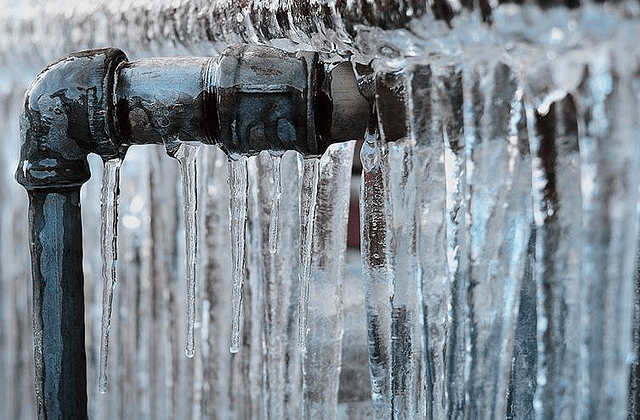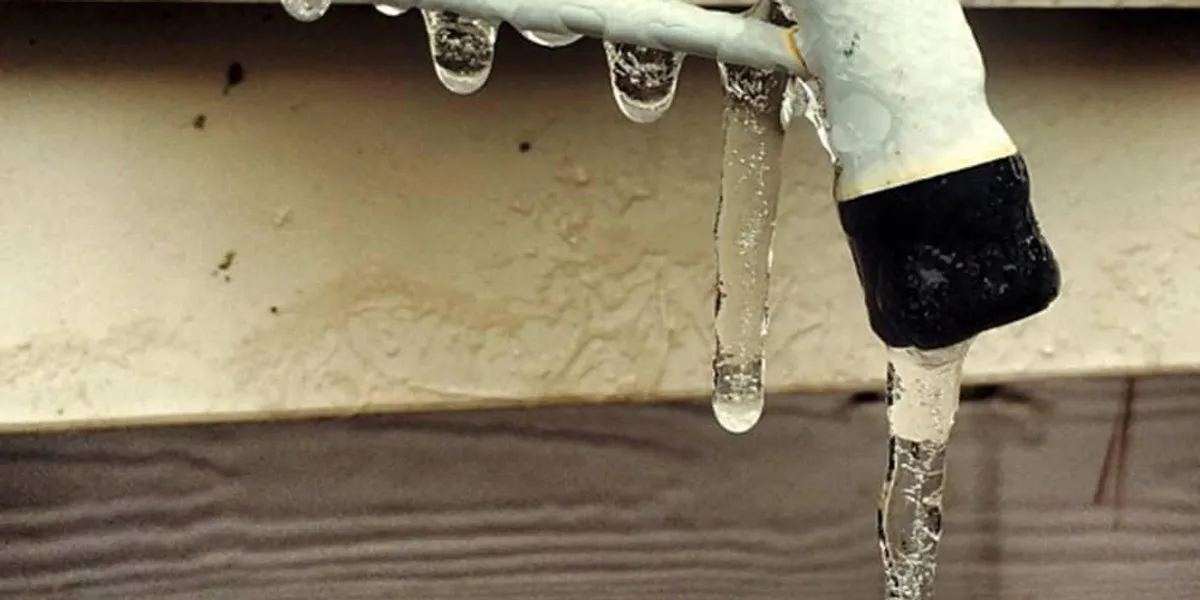Shielding Pipes from Cold Weather Damage: Key Strategies
Shielding Pipes from Cold Weather Damage: Key Strategies
Blog Article
Here in the next paragraphs you can get some awesome resources related to Preventing and dealing with frozen pipes.

Winter can damage your plumbing, especially by freezing pipelines. Here's how to prevent it from happening and what to do if it does.
Introduction
As temperatures drop, the threat of frozen pipelines increases, possibly bring about costly repair work and water damage. Recognizing just how to prevent icy pipelines is essential for house owners in cold environments.
Understanding Frozen Pipelines
What creates pipelines to ice up?
Pipes freeze when exposed to temperature levels below 32 ° F (0 ° C) for prolonged durations. As water inside the pipelines freezes, it expands, putting pressure on the pipeline wall surfaces and potentially causing them to break.
Risks and damages
Icy pipes can result in water supply interruptions, residential or commercial property damages, and costly repair services. Burst pipes can flooding homes and trigger comprehensive architectural damages.
Indications of Frozen Water Lines
Determining frozen pipelines early can avoid them from rupturing.
How to determine icy pipes
Try to find lowered water flow from faucets, uncommon smells or sounds from pipes, and noticeable frost on subjected pipes.
Prevention Tips
Insulating susceptible pipelines
Wrap pipes in insulation sleeves or make use of warmth tape to safeguard them from freezing temperatures. Focus on pipelines in unheated or exterior locations of the home.
Heating strategies
Maintain interior spaces adequately heated, specifically locations with pipes. Open closet doors to enable cozy air to circulate around pipelines under sinks.
Protecting Exterior Plumbing
Garden hose pipes and exterior faucets
Detach and drain pipes garden tubes before winter months. Mount frost-proof faucets or cover outside taps with protected caps.
What to Do If Your Pipes Freeze
Immediate activities to take
If you suspect frozen pipes, keep taps open to ease stress as the ice melts. Use a hairdryer or towels taken in warm water to thaw pipelines gradually.
Long-Term Solutions
Structural changes
Think about rerouting pipes away from exterior wall surfaces or unheated areas. Add extra insulation to attic rooms, cellars, and crawl spaces.
Upgrading insulation
Purchase high-quality insulation for pipelines, attic rooms, and wall surfaces. Correct insulation helps keep regular temperature levels and lowers the risk of icy pipes.
Final thought
Avoiding icy pipes calls for aggressive steps and fast responses. By understanding the reasons, indicators, and safety nets, home owners can protect their plumbing throughout cold weather.
5 Ways to Prevent Frozen Pipes
Drain Outdoor Faucets and Disconnect Hoses
First, close the shut-off valve that controls the flow of water in the pipe to your outdoor faucet. Then, head outside to disconnect and drain your hose and open the outdoor faucet to allow the water to completely drain out of the line. Turn off the faucet when done. Finally, head back to the shut-off valve and drain the remaining water inside the pipe into a bucket or container. Additionally, if you have a home irrigation system, you should consider hiring an expert to clear the system of water each year.
Insulate Pipes
One of the best and most cost-effective methods for preventing frozen water pipes is to wrap your pipes with insulation. This is especially important for areas in your home that aren’t exposed to heat, such as an attic. We suggest using foam sleeves, which can typically be found at your local hardware store.
Keep Heat Running at 65
Your pipes are located inside your walls, and the temperature there is much colder than the rest of the house. To prevent your pipes from freezing, The Insurance Information Institute suggests that you keep your home heated to at least 65 degrees, even when traveling. You may want to invest in smart devices that can keep an eye on the temperature in your home while you’re away.
Leave Water Dripping
Moving water — even a small trickle — can prevent ice from forming inside your pipes. When freezing temps are imminent, start a drip of water from all faucets that serve exposed pipes. Leaving a few faucets running will also help relieve pressure inside the pipes and help prevent a rupture if the water inside freezes.
Open Cupboard Doors
Warm your kitchen and bathroom pipes by opening cupboards and vanities. You should also leave your interior doors ajar to help warm air circulate evenly throughout your home.

I stumbled upon that piece about Helpful Tips to Prevent Frozen Pipes this Winter while surfing the search engines. Enjoyed our content? Please share it. Help other people find it. Thanks a lot for your time spent reading it.
About Report this page